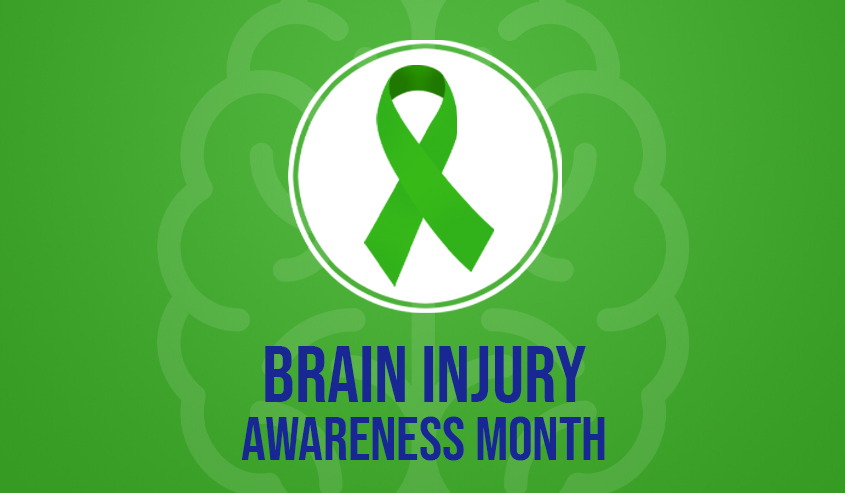
The Brain Injury Awareness Month is recognized yearly in March. This month and the meaning we have given to it gives us the chance to highlight the prevention of traumatic brain injury, usually abbreviated as TBI, and to further research to improve the wellbeing of individuals who are living with them and their families.
But what is TBI?
As stated above, TBI stands for traumatic brain injury. TBIs can have terrible consequences, and they are always caused by some impact or force exerted over the head or the body. They can also be caused by penetrating injuries to the head.
These kinds of brain injuries occur after birth. Hence, they are neither congenital nor hereditary. These injuries produce changes in the brain’s neural activity. We usually separate traumatic brain injuries (TBI) from acquired brain injuries (which are changes in brain functioning due to internal causes such as a lack of oxygen).
It is important to note that TBIs affect millions of people in the United States of America each year, which is why there is such a thing as a ‘Brain Injury Awareness Month’ in the first place.
What are the main causes of TBIs?
Falls are considered the leading causes of traumatic brain injuries. It is also worthy to remark the fact that older adults are at elevated risk for suffering a TBI and for experiencing impairing consequences correlated with TBIs.
It is a fact that, during the period between 2008 and 2017, there was at least a 17% increase in the rate of TBI deaths that were caused by falls.
Other causes of TBI are motor vehicle crashes, abusive head trauma, domestic violence, assaults, and many more. Whatever ends up causing some aversive impact on the head will have high chances of causing a TBI. The purpose of Brain Injury Awareness month is to develop prevention efforts that can help us all reduce falls and actions resulting in TBIs.
What are the most frequent results of TBIs?
TBIs in general cause many cognitive impairments in structures such as thinking, language, and emotion. Depending on the area of the brain that was damaged during the accident, the injury can have other consequences such as memory damage.
Also, they can result in the disturbance of manifest behavioral functioning.
How can TBIs be diagnosed?
In the acute setting, the main neuroimaging technique used to diagnose traumatic brain injury is computed tomography, usually abbreviated as CT. Nonetheless, there is another neuroimaging technique with higher diagnostic sensitivity for specific types of TBIs such as shear-strain injuries, namely, magnetic resonance tomography (MRI).
Where can you get diagnostic imaging for TBIs?
If you want to get a diagnosis to check if you have sustained a traumatic brain injury, or if your doctor is asking you to get diagnostic imaging, then you can count on Vital Imaging. Vital Imaging offers not only CT scans but also MRI, which are the most widely used diagnostic imaging methods.
Finally, Vital Imaging’s Medical Diagnostic Centers are constituted of expert professionals who are ready to help you in all they can and to offer you the best service. Get your CT scan or MRI at Vital Imaging today by calling 305-596-9992.
